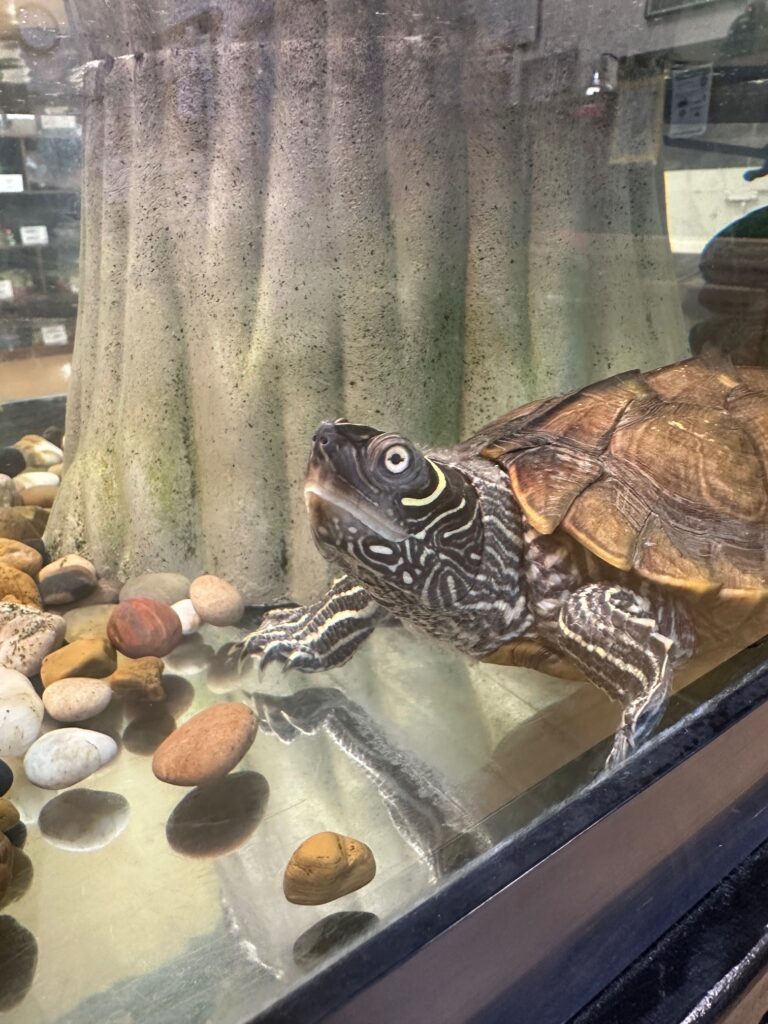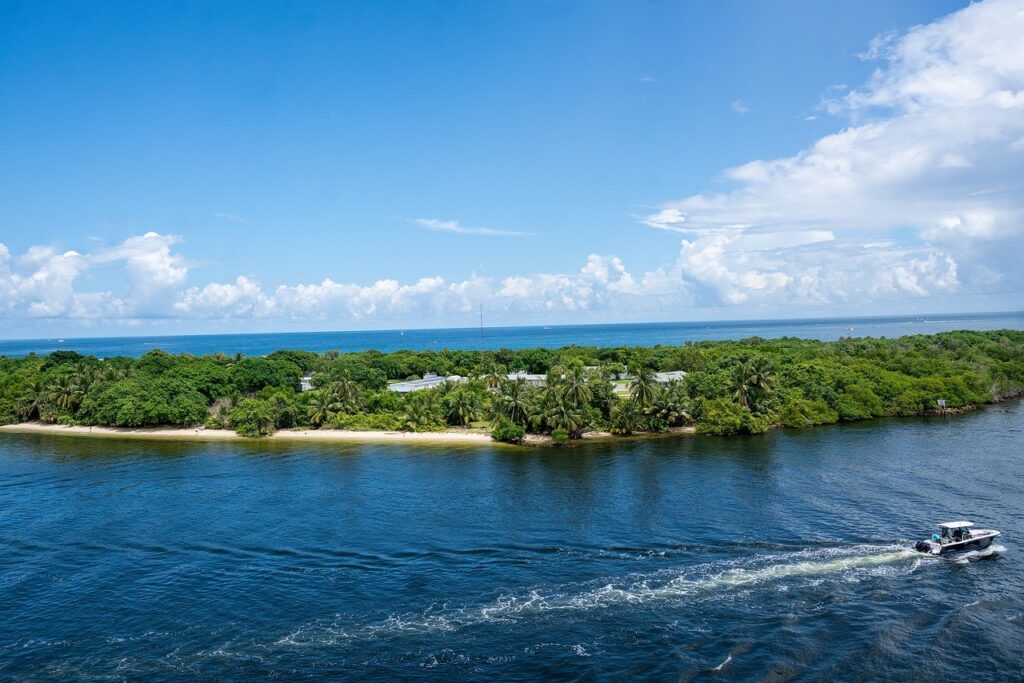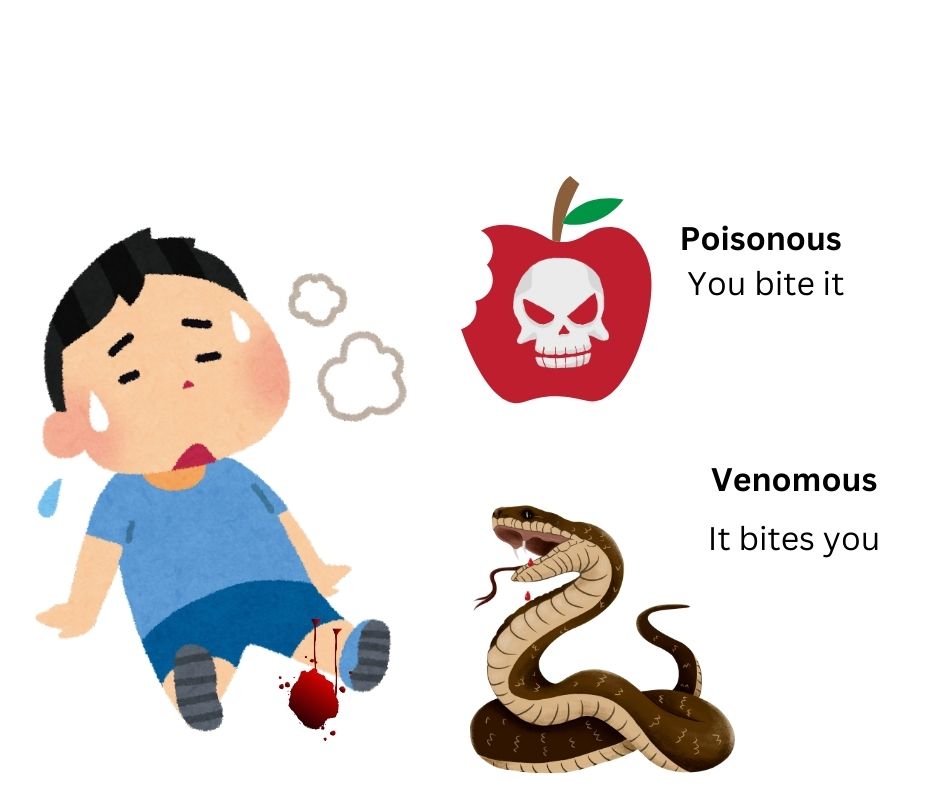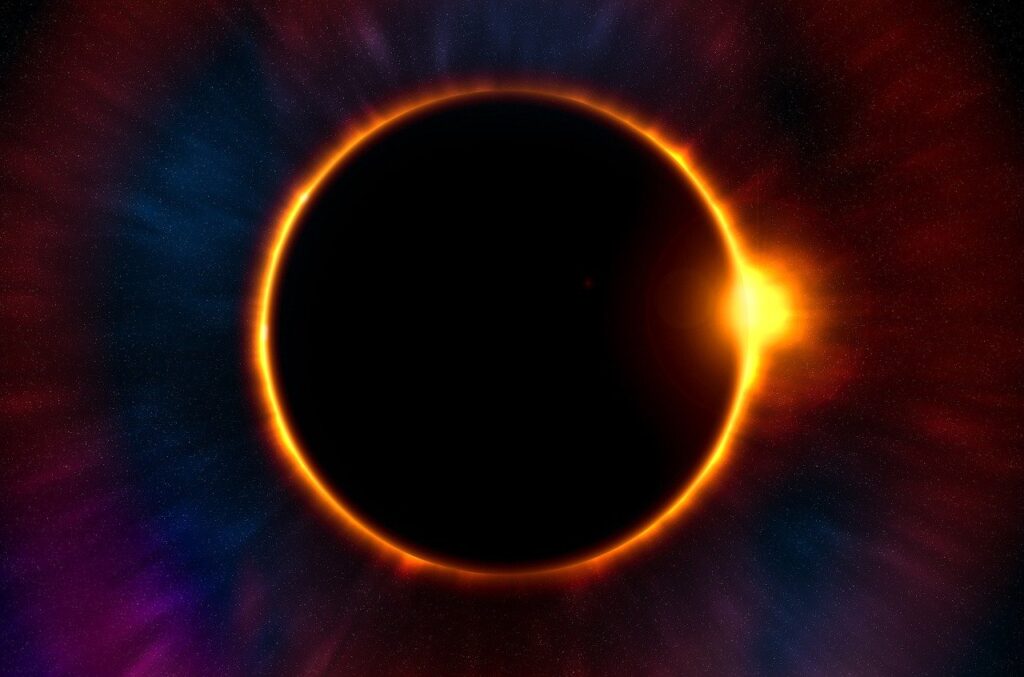
The false map turtle (sometimes called the sawback turtle) is often found in rivers and large creeks that contain vegetation. They rely on this vegetation for food as they are omnivores. In addition to eating small amounts of vegetation, you will find them eating mollusks, different types of bug larvae, beetles, and flies. The range of the false map turtle is primarily east of the Rocky Mountains with sightings found mainly around offsets the Mississippi and Missouri rivers. However, with the release of people’s pets, these turtles can be spotted up into Canada and down into Mexico. This species is just one of 14 species of map turtles, with many of these species being popular as house pets. Map turtles in general will be found in freshwater ecosystems which include rivers, lakes, ponds, and wetland areas. Like other types of turtle species, map turtles are communal and rely on each other to help watch for predators. Due to this, you will often see turtles grouped on rocks basking in the sun. Animals such as raccoons, red foxes, otters, crows, grackles, bass, and catfish are just some of the predators that will try to attack map turtles and their nests. To avoid predators, turtles will quickly flee from the area when approached. While they often don’t bite, they will if they feel threatened. When handled, it is important to note they will also empty their bladder in defense, so be careful.
The only species of map turtle native to Florida is the Barbour’s map turtle. It is listed as Threatened in Florida due to various human-generated threats including habitat loss and chemical pollution in water systems. An action plan has been put in place as of 2013 to help improve the conservation status of the Barbour’s map turtle. It is illegal to take, possess, or sell these turtles in Florida.



